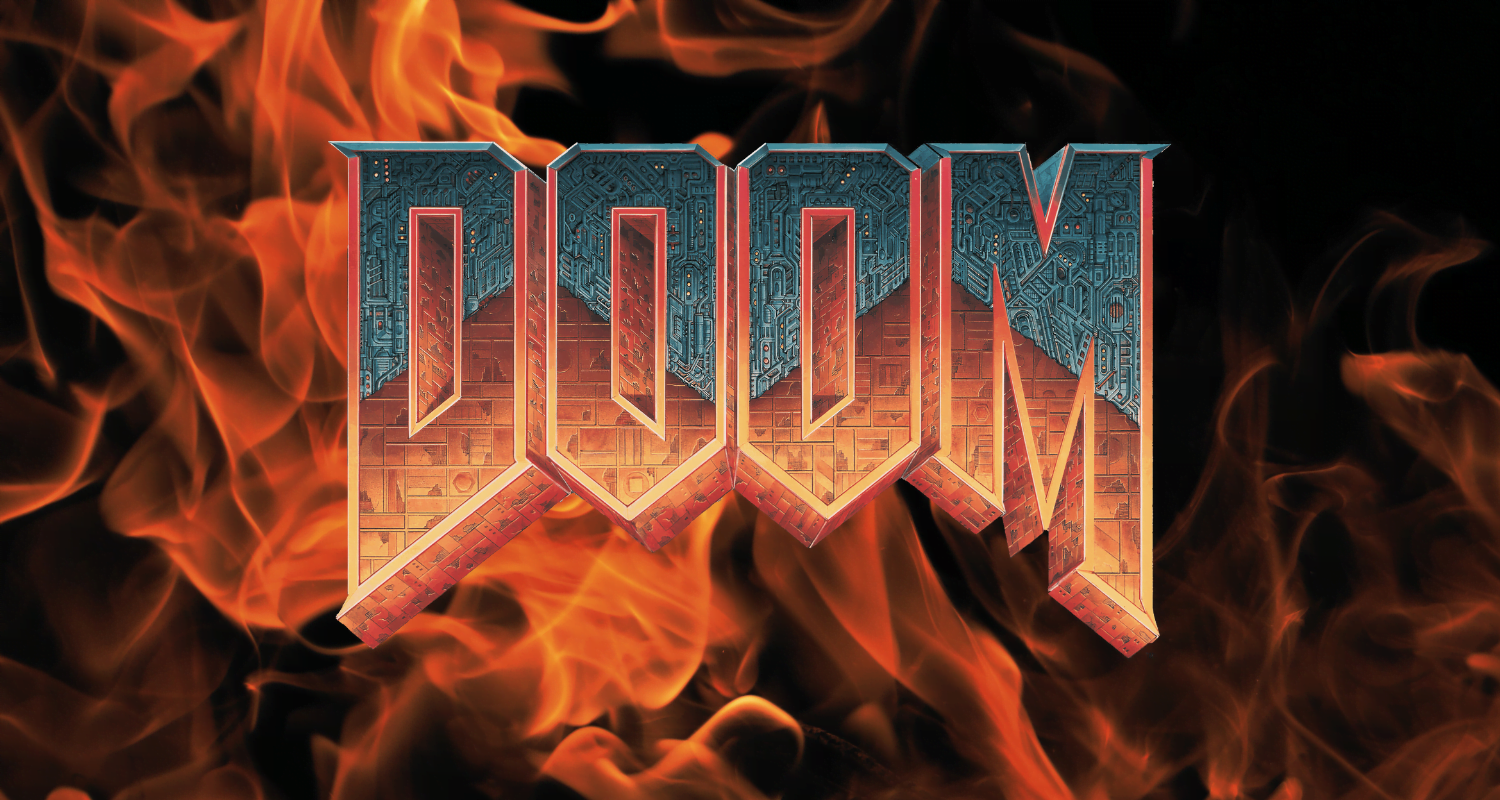Doom is eternal.
Its 30th anniversary will produce another wave of coverage, and rightly so. It is easily one of the most important, influential, and recognisable games ever made. It is also one of the best documented; its development, technology, and legacy have been methodically pulled apart and analysed for three decades. Each year, it becomes harder to say something new with any kind of objectivity. It seems only right that the 30th anniversary of Doom should prompt me to make a rare shift into the first-person. If I am to mark the occasion, it can only by reflecting on what Doom means to me.
To my mind, Doom is much more than the game id Software released on December 10, 1993. It is almost inextricably bound up with its sequel Doom II, which added so much of what I think of as the Doom experience – not least nine new monsters and the iconic super-shotgun. But Doom is more even than that; it is the whole culture that sprung up around the game and which lives on in 2023. It is the countless maps, mods, music packs, and utilities that fans have made for the game. It is the community which surrounds it, and its equal capacity to infuriate and inspire.
It is hardly an exaggeration to say that Doom is a way of life. The purity and accessibility of its gameplay and its openness as a creative platform have captured the imagination of so many people. Players find themselves returning to the community after absences of years, always to find a long list of remarkable projects that have emerged in the meantime. In this sense Doom is the Hotel California of first-person shooters – you can check out any time you like, but you can never really leave.
For me, the contributions of the community have long since eclipsed the original achievements of id Software. It does not diminish the significance of Doom to admit that its level design is desperately dated. What the best community mappers have done is to preserve the core gameplay, and sometimes the original technical limitations of the engine, and to innovate and explore around them. This has resulted in some extraordinary projects, many of them celebrated through the annual Cacowards.

Making my own maps for Doom has been one of the most creatively fulfilling things I have ever done. While the tools are imperfect, Doom is a genuinely accessible platform for creativity – certainly by the standards of an FPS. To create a level or series of levels which can be explored by other players in first-person is a unique thrill. To see those maps get a positive reception from other players – and to see them earn streams, YouTube videos, competitive runs, and speedruns – is a special privilege.
There are questions about the ongoing legacy of Doom. The game’s community is not free of its own toxic elements, and some aspects of the mapping process pose real barriers to entry. For example, it is too often necessary to resort to command-line utilities in order to prepare a mapset for release. The means by which new blood joins the community is also something that concerns me. The availability of powerful, flexible new mapping standards like UDMF is a double-edged sword. I worry that new mappers are drawn into elaborate scripting, visual effects, and geometric trickery before they have grasped the fundamentals of map layout, pacing, and encounter design.
Despite these concerns, I am confident that classic Doom can continue to live on and inspire new contributions. As mainstream FPS development continues to become increasingly costly – the work of vast teams of people – the accessibility of Doom retains a special appeal. The release of MyHouse.wad in March and the sensation it caused is a powerful reminder of the game’s unique qualities as a creative platform.
30 years on, Doom is both a fundamental pillar of the FPS genre and an ongoing focus of new creative efforts. Its vast library of player-made experiences is essentially without parallel; it is a treasure trove we are incredibly fortunate to have. Whatever the future brings, there will be an element of the Doom experience that will go on. To put it another way: Doom is eternal.





